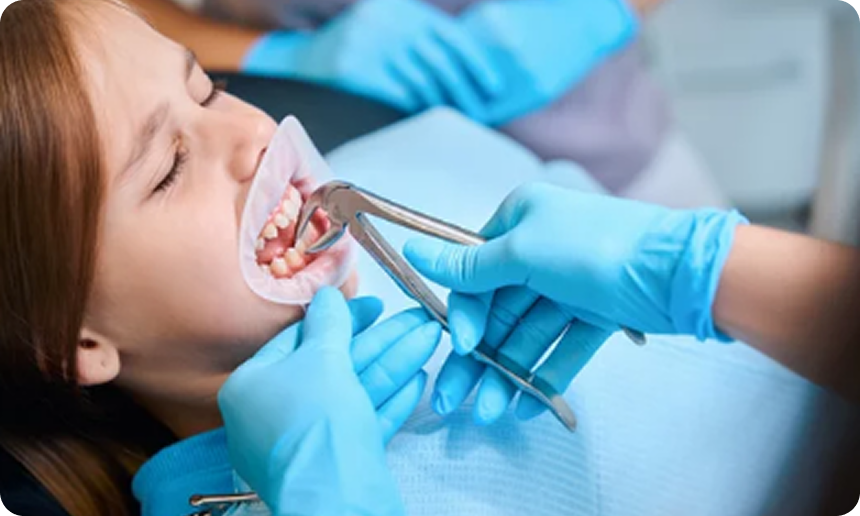Introduction
Dental cleanings are essential for maintaining oral health, but not all cleanings are the same. If your dentist has recommended a "deep cleaning," you might wonder how it's different from a regular dental cleaning—and whether it’s truly necessary. In this post, we’ll break down the key differences between the two so you know what to expect and why each one matters.
1. What Is a Regular Dental Cleaning?
Also known as a “prophylaxis,” a regular dental cleaning is a preventive treatment performed during routine dental visits. It’s designed to keep healthy mouths clean and prevent minor issues from becoming serious problems.
During a standard cleaning, a dental hygienist will:
- Remove plaque and tartar from the teeth
- Polish tooth surfaces to remove stains
- Floss between teeth
- Apply fluoride if needed
It typically takes about 30–60 minutes and is recommended every six months for most people.
2. What Is a Deep Cleaning?
A deep cleaning—technically called scaling and root planing—goes below the gumline to treat gum disease (periodontitis or advanced gingivitis). It’s a therapeutic procedure rather than a preventive one.
A deep cleaning involves:
- Scaling: removing plaque and tartar from below the gumline
- Root planing: smoothing out the root surfaces so gums can reattach to teeth
It may require local anesthesia and multiple appointments depending on severity.
3. When Is Each Type of Cleaning Needed?
You may need a regular cleaning if:
- Your gums are healthy
- You don’t have deep pockets (spaces between your teeth and gums)
- There’s no bone loss or signs of infection
You may need a deep cleaning if:
- Your gums bleed often or feel tender
- You have pockets deeper than 4mm
- There’s visible tartar buildup under the gums
- You’ve been diagnosed with gum disease
Your dentist will use a periodontal probe to measure pocket depth and determine the best course of treatment.
4. Recovery and Aftercare
After a regular cleaning, you can return to normal activities immediately.
After a deep cleaning, your gums may feel sore or sensitive for a few days. Your dentist may recommend:
- Over-the-counter pain relievers
- Antibacterial mouthwash
- Follow-up visits to monitor healing
Keeping up with good oral hygiene is crucial to maintaining results.
5. Why It Matters
Both cleanings play a vital role in oral health. Regular cleanings help prevent disease, while deep cleanings treat existing issues and stop them from getting worse. Ignoring gum disease can lead to tooth loss and other complications, so early intervention is key.
Conclusion
Understanding the difference between a dental cleaning and a deep cleaning helps you take control of your oral health. If your dentist recommends a deep cleaning, it’s because your gums need extra care—and taking action now can prevent much more serious issues later on.




